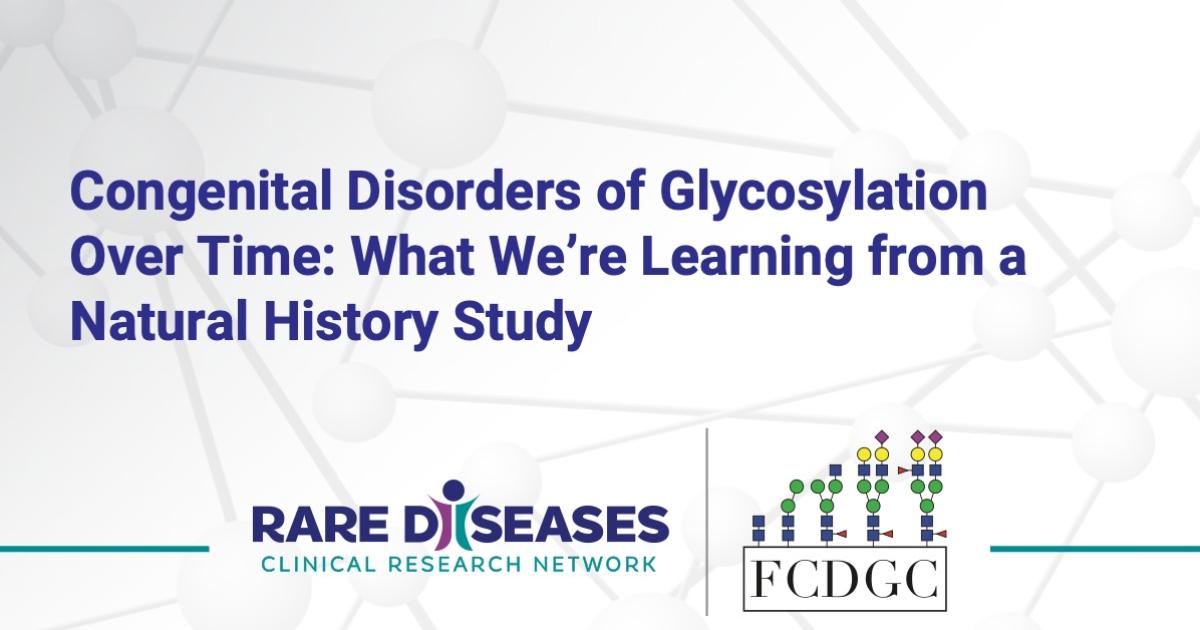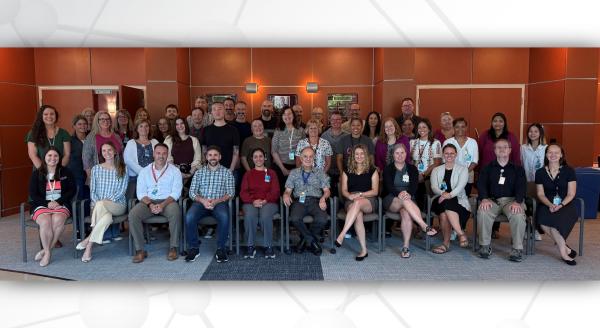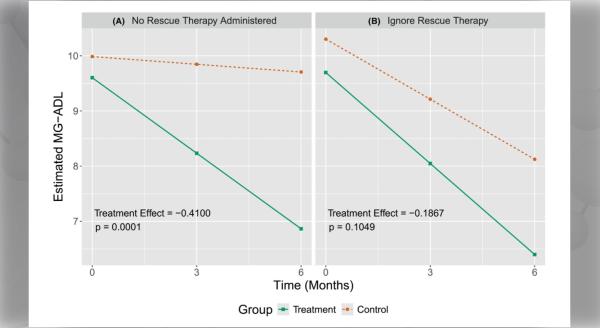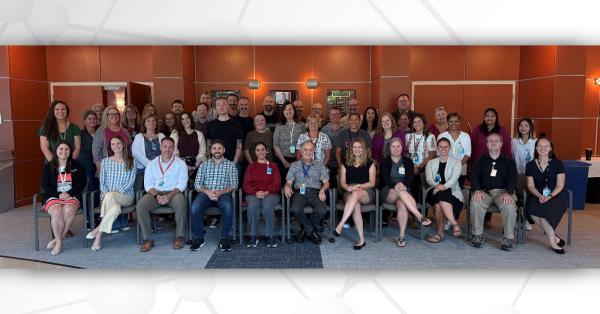Congenital disorders of glycosylation (CDG) are a large group of inherited metabolic disorders that affect a complex process in the body called glycosylation. Most patients with CDG have neurological issues and symptoms, developmental problems, growth delays, and problems with organs not working like they should.
To learn more about the development and outcomes of CDG, the Frontiers in Congenital Disorders of Glycosylation Consortium (FCDGC) is conducting a natural history study, “Clinical and Basic Investigations into Congenital Disorders of Glycosylation.” The team is exploring the progression of CDG, clinical symptoms, and how they vary among different population groups.
Here, lead investigator Christina Lam, MD, and Nick Vasquez, father of PMM2-CDG patient Oliver, share more about the study and what it’s like to participate.
What makes this study unique?
Dr. Lam: It is the first multicenter prospective natural history study for all CDGs. CDGs are ultra-rare disorders where affected individuals are geographically dispersed and for which there is a huge knowledge gap regarding their natural history. This study is key to filling this gap, which is necessary for developing and testing directed therapies in this group of disease. At this point, there are no directed therapies in this group of rare diseases.
How did you become involved with this study, and why did you decide to join?
Vasquez: We probably first heard about it at a conference, but it was Dr. Lam that asked if we wanted to take part. We wanted to do our part to help future therapies develop, and for future children and patients to have access to them.
What are we learning about CDG from this study?
Dr. Lam: The goal of this study is to establish the prevalence and severity of organ system involvement, degree of cognitive disability, and case-fatality associated with various CDGs. We also aim to validate the CDG rating scale, patient-proxy reported outcomes, and quality of life measures. Thus far, through this study we have been able to learn about and share detailed clinical and biochemical information with genotype and phenotype expansions on multiple rare CDG types.
In PMM2-CDG, we learned that certain biomarkers—including transaminases and carbohydrate-deficient transferrin—improve over time. We also learned, in collaboration with other groups, that sorbitol is a biomarker that correlates with liver dysfunction and peripheral neuropathy severity in PMM2-CDG. This finding has helped us develop an outcome measure for a clinical trial for a drug that logically would lower sorbitol levels. Additionally, we have learned about how some coagulation factors vary over time, as well as the proportion of individuals with certain abnormalities in endocrine markers in PMM2-CDG.
We have also documented baseline scores of patient-proxy reported outcomes in the form of Patient-Reported Outcomes Measurement Information System (PROMIS) survey results, comparing and correlating them with baseline severity scoring using the Nijmegan Pediatric CDG Rating Scale.
What is it like to participate in this study?
Vasquez: Having a child with a rare disease, a calendar full of appointments is the norm—it’s really not that cumbersome. We love Seattle, and we love Dr. Lam.& She is our reassurance that Oliver is being watched by one of the best experts of his disease.
What are the successes of this study?
Dr. Lam: We have been very successful in recruiting participants. We initially proposed to enroll 100 individuals with CDG into our study, and we have already recruited more than 280 individuals.
Because of this study, top-tier clinical centers throughout the United States and Europe have been brought together to focus on CDG, and several additional centers have joined our consortium since we began. This enormous success has been instrumental in furthering collaboration, sharing information, and establishing a network with expertise that can be and has been leveraged for clinical trials.
We have also discovered several novel types of CDG and found the underlying diagnosis in patients with unsolved disease. Importantly, we have been successful in outreach and education—our collaboration with patient advocates has never been stronger.
What are the challenges?
Dr. Lam: We faced challenges stemming from the COVID-19 pandemic, including participant travel, recruitment of underrepresented minorities—which we are working on improving through new outreach mechanisms—and being able to accommodate interested individuals who live outside of the regions where we have a clinical site. We are working towards opening more sites in different locations and establishing even more international collaborations. Clinical trial readiness has been a great challenge for patient cohorts diagnosed with ultrarare CDG.
How will this study contribute to clinical trial readiness?
Dr. Lam: Data on natural history is essential to developing appropriate and logistically possible endpoints for clinical trials. Bringing together the FCDGC with multiple natural history clinical sites that have substantial clinical expertise and interest in CDGs is also instrumental in establishing a network of centers that can run clinical trials for these disorders as we move into that space.
What is the status of this study, and what’s next?
Dr. Lam: This study is currently open, enrolling, and ongoing. We have ongoing projects to create growth charts for multiple CDGs, investigate the natural history of cardiomyopathy in CDG, and look into causes of death in individuals with CDG. We hope to continue this study for many more years so that we can collect more longitudinal data, as well as enroll more individuals that will help map out the natural history of CDGs with greater detail and accuracy. As we learn more about each CDG, we may expand and refine the data we collect so that a tighter data set will be available for analysis—and even as a control—for future clinical trials.
How will this study impact patients?
Dr. Lam: The information we learn from this study helps physicians inform patients and families about what they may need to look out for or expect in their future. We are proud to report that our first—and still ongoing—clinical trial was initiated by the CDG CARE patient advocacy group. We will keep on choosing our priorities according to the patients’ unmet needs. We hope that this study will be a step towards breakthroughs in therapeutics and management for these disorders, which would significantly impact patient outcomes in the future.
How has this study impacted you and your family?
Vasquez: It gives us hope. Hope that others will benefit. Hope that Oliver may see some therapeutic that will lessen his symptoms or lessen the progression of his disease.
“Clinical and Basic Investigations into Congenital Disorders of Glycosylation” is ongoing and recruiting. Learn more about the study and how to participate.
The Frontiers in Congenital Disorders of Glycosylation Consortium (FCDGC) is part of the Rare Diseases Clinical Research Network (RDCRN), which is funded by the National Institutes of Health (NIH) and led by the National Center for Advancing Translational Sciences (NCATS) through its Division of Rare Diseases Research Innovation (DRDRI). FCDGC is funded under grant number U54NS115198 as a collaboration between NCATS, the National Institute of Neurological Disorders and Stroke (NINDS), the Eunice Kennedy Shriver National Institute of Child Health and Human Development (NICHD), and the Office of Dietary Supplements (ODS).






